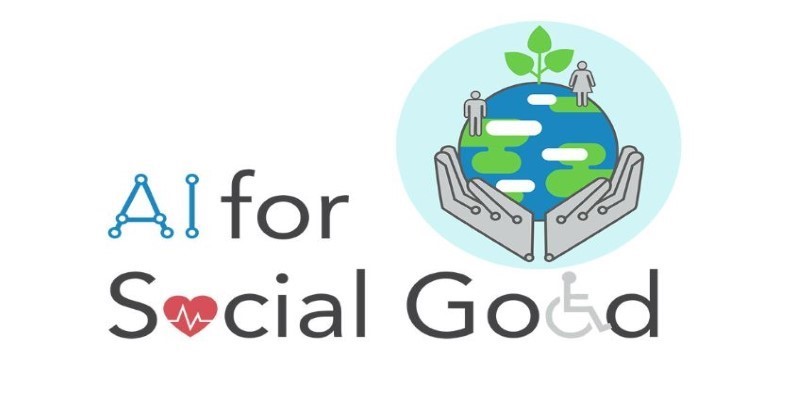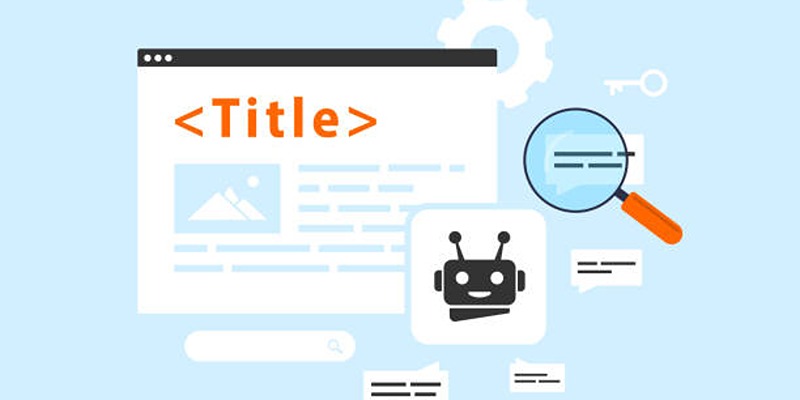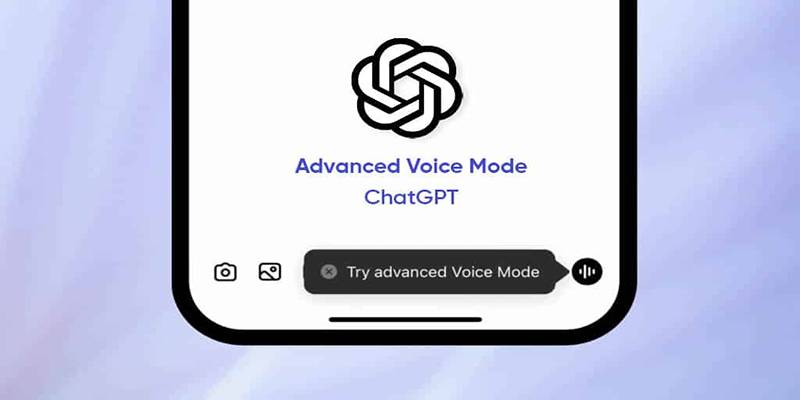Designing an enterprise chatbot requires a strategic approach to maximize its potential for business efficiency and user satisfaction. A well-thought-out chatbot strategy ensures seamless integration with enterprise operations, enhances customer interactions, and improves service delivery. This guide provides essential insights and best practices to help you create, optimize, and implement a successful enterprise chatbot solution.
1. Define Clear Business Objectives

Before developing a chatbot, organizations must identify the primary purpose it will serve. Common objectives include:
- Customer Support: Answer FAQs, resolve issues quickly, and deliver faster responses to keep customers happy.
- Sales & Lead Generation: Guide customers through product discovery and help them make confident purchase decisions.
- Internal Operations: Streamline HR queries, IT support, and employee onboarding to save time and boost efficiency.
- Data Collection: Unlock valuable insights by gathering customer feedback to drive smarter business decisions.
Tracking the success of your chatbot is easy when you set clear, measurable resolution rate, user satisfaction, and engagement levels.
2. Understand Your Target Audience
The success of a chatbot hinges on how well it understands and connects with users, and that all starts with truly knowing your audience. To make this happen, businesses should prioritize the following:
1. Analyze User Behavior
Examine customer interactions across websites, apps, and social media platforms. Look for patterns in the questions they ask, the language they use, and the problems they want to solve. These insights provide invaluable data that reveal user needs and expectations, forming the foundation for a smarter, more effective chatbot experience.
2. Segment Your Audience
Organize your users into distinct groups based on demographics, preferences, purchasing habits, and frequently asked questions. By tailoring chatbot responses to each segment, you create a personalized and relevant experience, making your chatbot feel less like a generic program and more like an intuitive, helpful assistant.
3. Leverage Natural Language Processing (NLP)
Equip your chatbot with NLP technology to interpret different phrasings, accents, and dialects. This is particularly important for businesses with diverse audiences, as it ensures seamless communication and reduces the risk of misunderstandings.
3. Selecting the Right Platform and Technology
The platform and technology you select will directly shape your chatbot’s functionality, performance, and overall user experience. To make the best choice, consider the following factors:
Rule-Based vs. AI-Powered Chatbots:
- Rule-Based Chatbots: These bots operate using predetermined scripts, making them ideal for handling straightforward, repetitive tasks like answering FAQs or assisting with basic customer support. They are simple to program but lack flexibility and struggle with complex or unstructured queries.
- AI-Powered Chatbots: Leveraging advanced technologies like machine learning (ML) and natural language processing (NLP), AI-powered chatbots excel at managing dynamic, context-aware conversations. They can adapt to user inputs, learn over time, and deliver personalized, intuitive responses. These bots are perfect for businesses needing versatile solutions for more complex interactions.
Integration Capabilities:
Ensure the platform integrates seamlessly with your existing systems, such as CRM, ERP, or customer support tools. Real-time data integration allows chatbots to provide accurate, up-to-date responses while also enabling efficient workflows across your business's tools and processes. Solid integration ensures your chatbot adds real value to your operations.
Omnichannel Deployment:
To maximize engagement, your chatbot should be deployable across various channels your users already frequent. These could include your website, mobile apps, or messaging platforms like WhatsApp, Facebook Messenger, Slack, or Microsoft Teams. An omnichannel approach not only enhances accessibility but also ensures that your audience can interact with the chatbot on their preferred platform, improving convenience and user satisfaction.
Customization and Scalability:
Opt for a platform that allows full customization of the chatbot’s features, design, and conversational flow to meet your business's unique needs. Scalability is equally essential—your chatbot should be able to handle growing traffic and support new features as your business expands, without sacrificing performance.
Leading Platforms to Consider:
Top platforms like Google Dialogflow, IBM Watson, and Microsoft Bot Framework offer reliable, scalable chatbot solutions designed for enterprise needs. These platforms often come equipped with built-in machine learning, streamlined integration options, and flexible deployment features, providing a strong foundation for chatbot development.
4. Design an Intuitive User Experience (UX)
A poorly designed chatbot can frustrate users rather than assist them. Best practices include:
- Conversation Flow: Structure dialogues logically, with clear prompts and fallback options.
- Personality & Tone: Align the chatbot’s tone with brand voice—professional, friendly, or casual.
- Visual Elements: Use buttons, quick replies, and multimedia to enhance interaction.
- Handling Errors Gracefully: When the chatbot doesn’t understand a query, provide helpful alternatives or escalate to human agents.
Regular user testing helps refine the chatbot’s UX before full deployment.
5. Ensure Seamless Integration with Business Systems
For maximum efficiency, chatbots should integrate with enterprise tools such as:
- CRM Systems (Salesforce, HubSpot): Access customer data for personalized interactions.
- Helpdesk Software (Zendesk, Freshdesk): Escalate complex issues to support teams.
- Payment Gateways & E-Commerce Platforms: Facilitate transactions securely.
- Analytics Tools (Google Analytics, Power BI): Track performance and optimize strategies.
APIs and webhooks enable real-time data exchange, ensuring the chatbot operates within existing workflows.
6. Prioritize Security and Compliance
Enterprise chatbots handle sensitive data, making security a top priority. Key measures include:
- Data Encryption: Protect user information in transit and at rest.
- Access Controls: Restrict chatbot permissions based on user roles.
- Compliance with Regulations: Adhere to GDPR, HIPAA, or other industry-specific standards.
- Regular Audits: Identify vulnerabilities and update security protocols.
A secure chatbot builds trust and minimizes risks associated with data breaches.
7. Train and Optimize Continuously
A chatbot’s performance improves with ongoing learning. Strategies include:
- Machine Learning Enhancements: Use real conversations to refine NLP models.
- Feedback Loops: Collect user ratings and suggestions for improvements.
- A/B Testing: Compare different response styles to determine what works best.
- Human-in-the-Loop (HITL): Combine automation with human oversight for complex queries.
Regular updates ensure the chatbot remains relevant as business needs evolve.
8. Measure Success and Iterate

To evaluate the chatbot’s impact, track metrics such as:
- Engagement Rate: Number of interactions per user.
- Resolution Rate: Percentage of queries resolved without human intervention.
- Customer Satisfaction (CSAT): User feedback scores.
- Cost Savings: Reduction in support or operational expenses.
Use these insights to refine the chatbot’s functionality and expand its use cases.
Conclusion:
An effective enterprise chatbot strategy requires careful planning, user-centric design, and continuous optimization. By aligning chatbot capabilities with business objectives, integrating with key systems, and prioritizing security, organizations can enhance customer experiences and operational efficiency.











